Sure, you might have heard this word before in other contexts like written or oral expression, but how does one tell a story by relying just on images and nothing more? When it comes to photography, stories are best told with a body of work; like an essay or even a tryptic!
As creative disciplines get more packed thanks to the wonders of easy-to-access technology, storytelling becomes a must. At Light Stalking, we all have struggled with taking our visual craft to the next level, and today we are sharing some basic strategies for you to follow through. For example, documentary work is well-known for digging deeper into social phenomena to tell a story through several images and writing.
1. Careful Planning
Trust me, there's nothing more frustrating than feeling unaware of what's going on with a project. Therefore, planning is essential for keeping a smooth visual storytelling process. And yes, we are very much aware that some people are quite reluctant to stick to a plan and rather improvise along the way. Nevertheless, is wise to keep a healthy balance between improv and planning, especially when working around the clock!
Good planning involves doing some basic research at least, which is always advised. But “what should I investigate?” you might be wondering by now. The first thing you can do about this is get an overall idea that the story you are trying to tell has already been told. Covered that, how's your voice different from all the stories out there?
Additionally, you should resolve the question about how much time you have to develop your project. Is it a week? Or is it a year? Everything will depend on how long will you be able to shoot. We recommend a bit of brainstorming and a solid checklist for you to keep everything under control, and don't forget to always have fun!
Sometimes, visual projects require for you to observe with your bare eyes before turning your camera on.
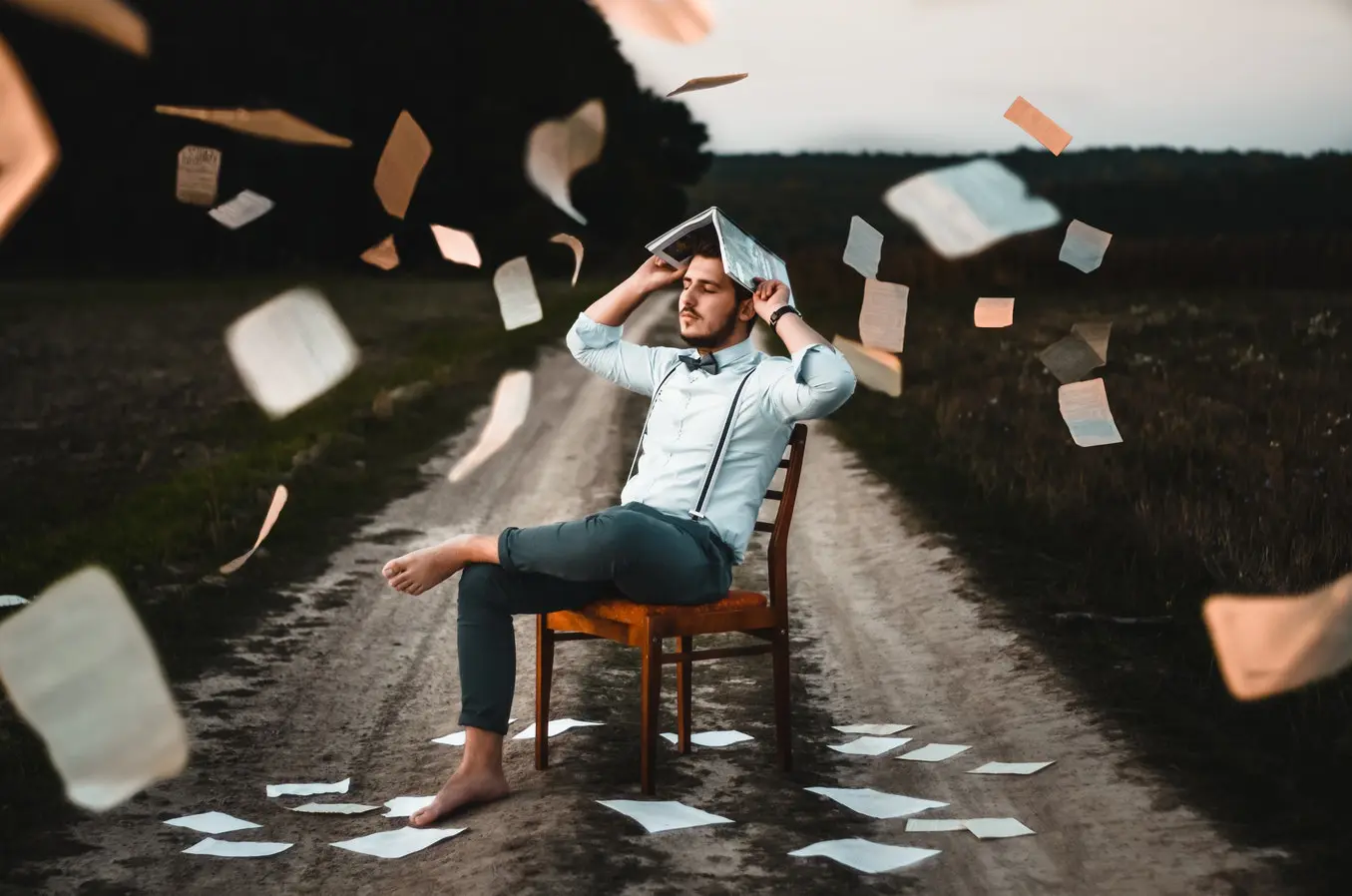
Scouting will allow you to be prepared for any light or weather-related surprise. Storytelling also benefits from talking with people and hearing their specific tales, which could lead you to more interesting places you'd never thought of.
When it comes to culture, we can't recommend this enough, do your homework and learn everything you can about behavioural patterns and social practices. Never take things for granted, things won't always go as smoothly as you think!
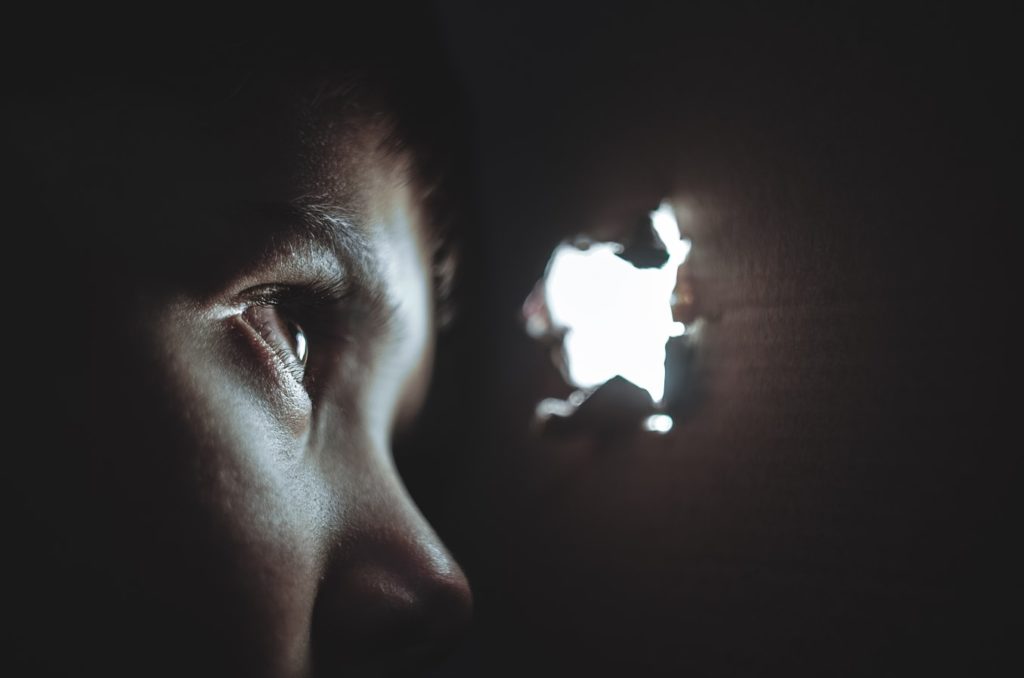
2. Single Shot VS Photo Series
Can we tell better stories with single frames or with large bodies of work? Well, it's a hard question for sure, and our rule of thumb would be the following. If one image isn't enough to transmit the story you want, then you probably need to develop an essay or two.
Some photographers are true masters of communicating everything with a single frame, but there's nothing wrong with working with series for sure. A broad essay allows audiences to process images at slow-pace for connecting with multiple frames into a cohesive story line. Although, introductory and closure photographs are perhaps the most important of all!
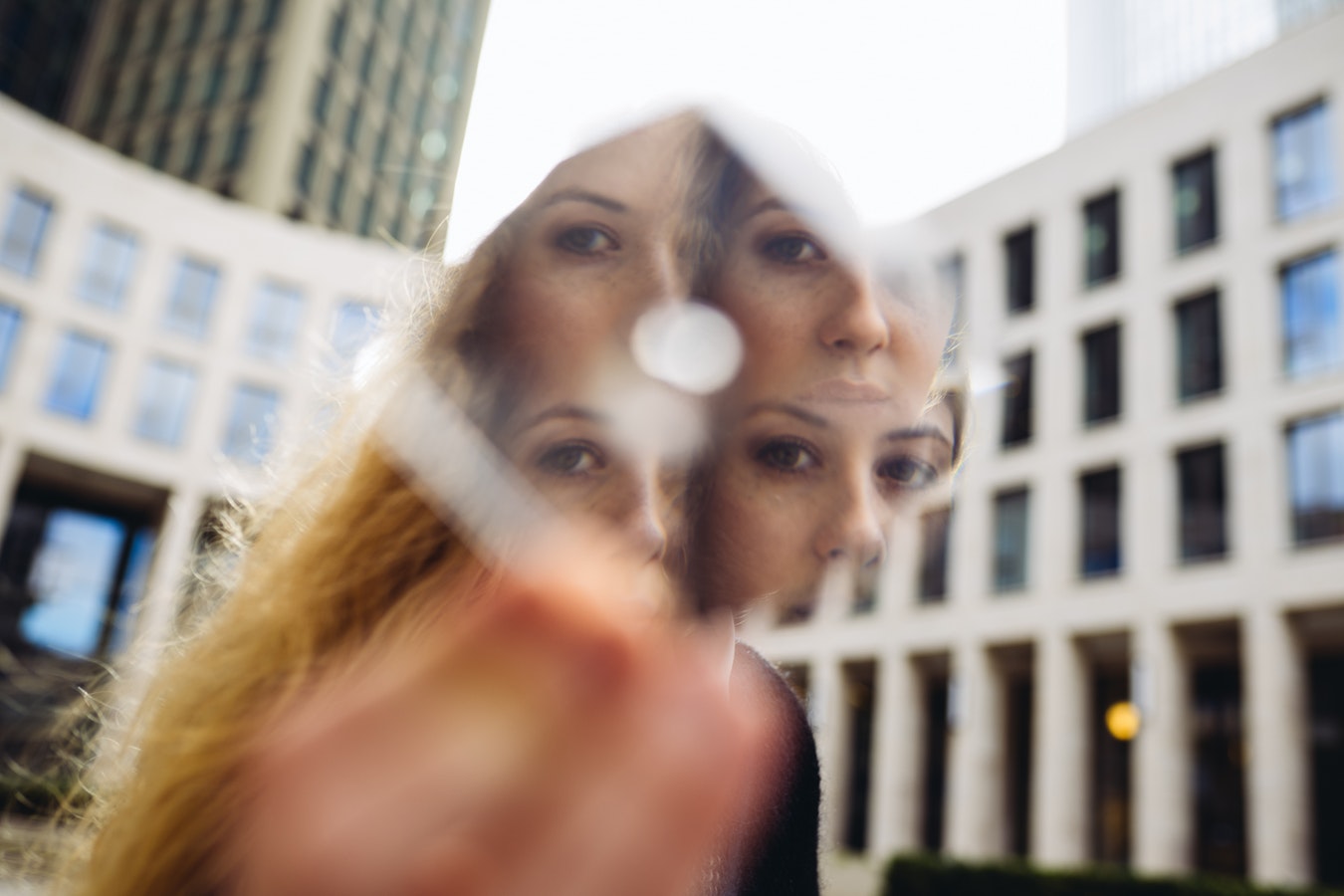
Additionally from deciding between a single or multiple approach, you must decide what kind of story you want to tell. For this, two options we have: open or closed stories. Open stories are interesting because they give lots of freedom to both audiences and photographers. Therefore, the viewer's construction of the world will have an effect on the way your story is ultimately seen and digested. On the other hand, closed stories don't leave much room for open-ended interpretations. Therefore, they should be organised and told in a rather straightforward approach so everyone can be more or less on the same page.
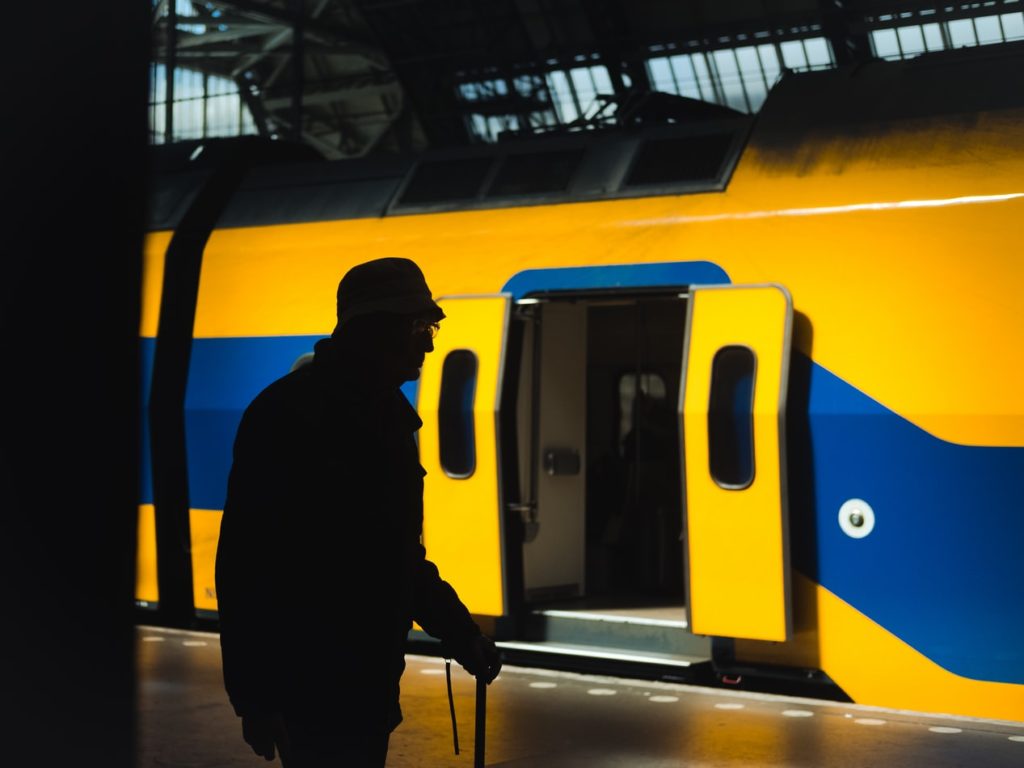
3. Strong Emotions
No matter how thoughtful your images are in technical terms, they also have to retain a certain amount of emotional impact. This is crucial for achieving compelling stories with your photographs. Emotions can also be communicated through body language but not all images should include a human figure or human interaction to be relevant for your stories. From landscapes to abstracts, the thing that matters the most is that they trigger emotions in the viewing eyes!
Additionally, storytelling images should be carefully layered with meaning. This is usually the most difficult task in storytelling because it doesn’t allow us to work with random shots. Therefore, these intentional layers of meaning should be the main criteria when selecting and arranging the images for the story. Another way of seeing this is like a movie, all scenes are usually planned with a clear purpose in mind.
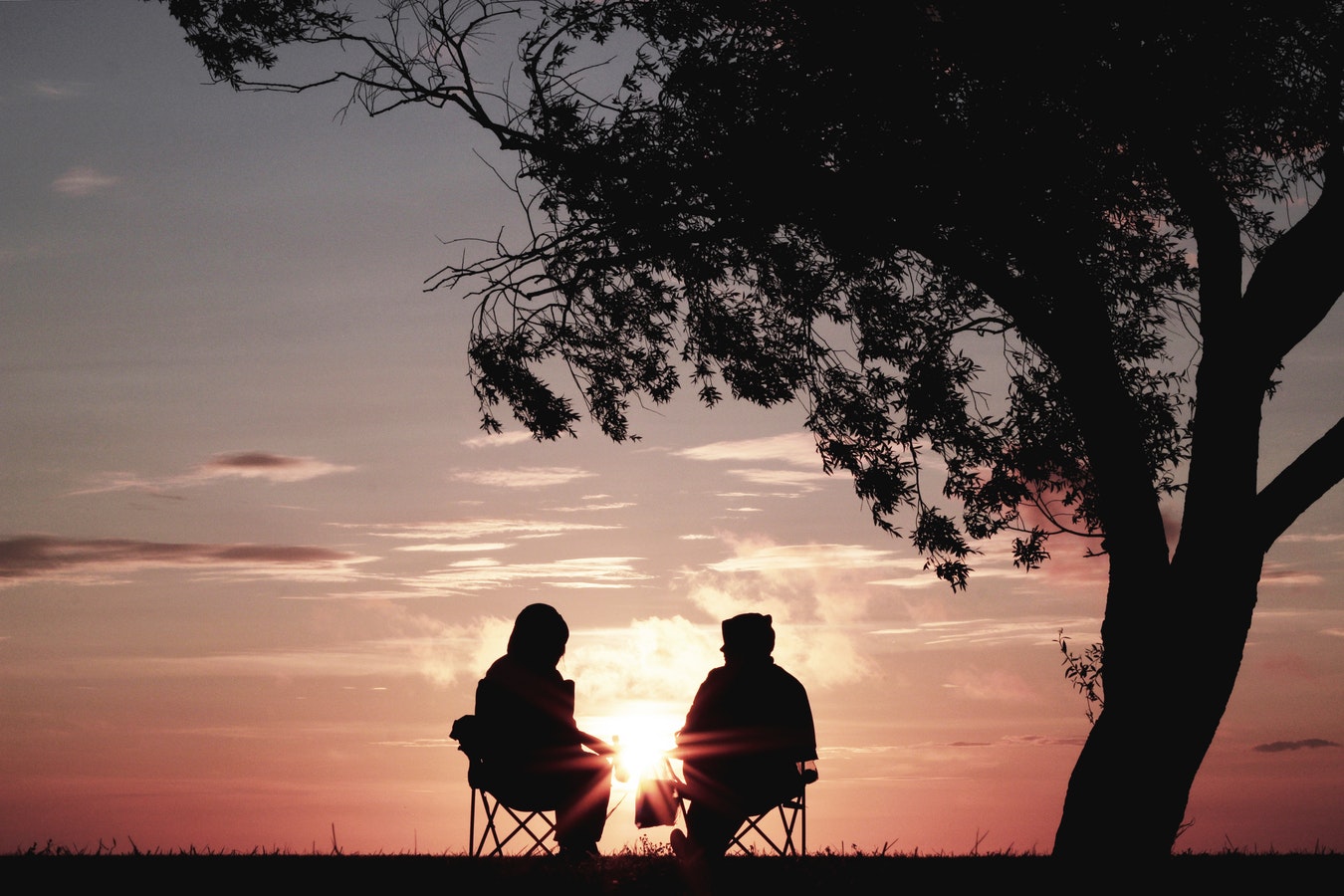
Never take colours for granted! Think of your palettes with a clear purpose in mind and define schemes so you can strategically convey emotions. Having some knowledge about colour theory can take your images to the next level, so don't be afraid of experimenting with warm and cool tones to create specific moods like calmness or even emotional hype!
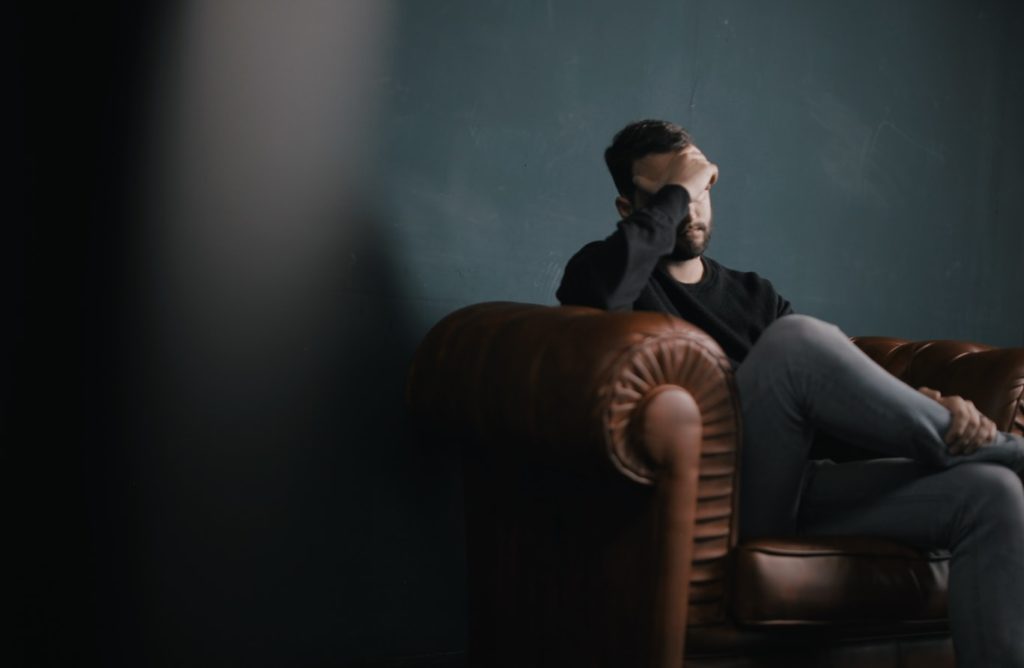
4. Aiming For Variety In Your Storytelling
Certainly, you don't want viewers to get bored and scroll your images in less of a second. Therefore, consider variations for a change! Focusing on just one type of imagery will hardly enable you to tell a story in a proper way. Pay close attention details around you and be prepared for things to go off from the plan; be flexible and be creative! Experiment with fixed lenses, walk rather than zoom and play around with your exposure settings for spicing things up!

5. Being Original
I can't help rolling my eyes whenever I hear the word “originality”, but there's something true about this overrated concept. Storytelling is hard, and giving a unique voice to our images is the best thing we can do. That's when the research I mentioned above comes in handy! Try out some creative strategies and give critical thinking a chance. Striving originality shouldn't be something entirely dependent on muses and inspiration.
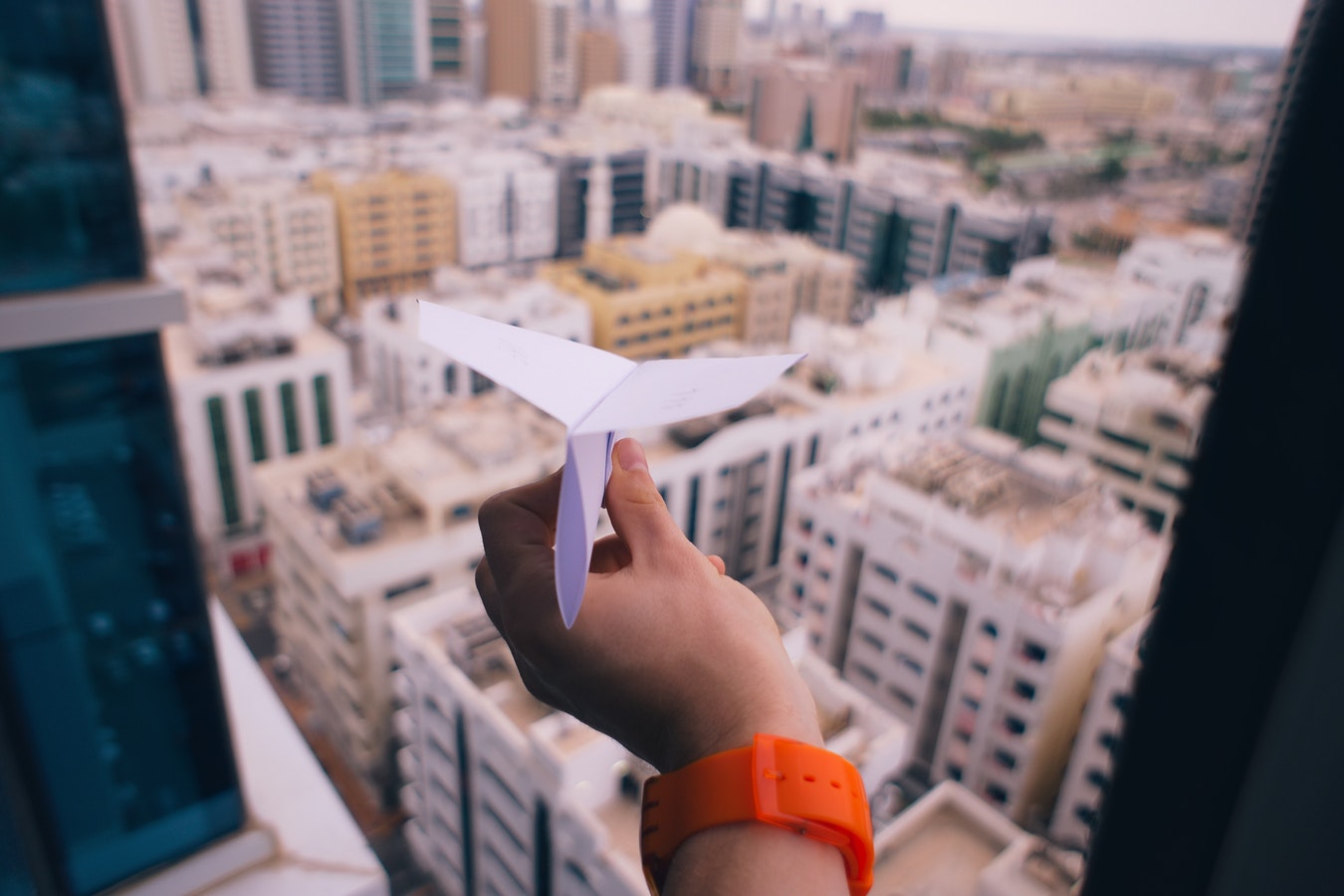
6. Narrative Structures
Stories must consider order, and they should always have a beginning, a middle, and an end. Unsurprisingly, the same principle holds for visual storytelling of course. If you’re just starting a series of pictures, you can practice storytelling by trying to form a chronological narrative structure. And just like in movies, your essay should have an opening, a climax and a conclusion!

PRO TIP: Watch a movie in mute mode, and pay close attention to how visual composition is planned with a clear objective in mind. Also, try skimming the movie by fast-forwarding and see how stills become good-looking photographs!
Further Resources
- 3 Steps to Becoming a Better Photographic Storyteller
- 15 Easy Tricks For Getting Better Photographs
- These 3 Simple Facts Show You How to Take Control of Your Camera
- How to Create Storytelling Photography That Will Captivate Your Audience
- The Art Of Visual Storytelling – In Pictures
- How to Master The Art Of Storytelling With Your Photography





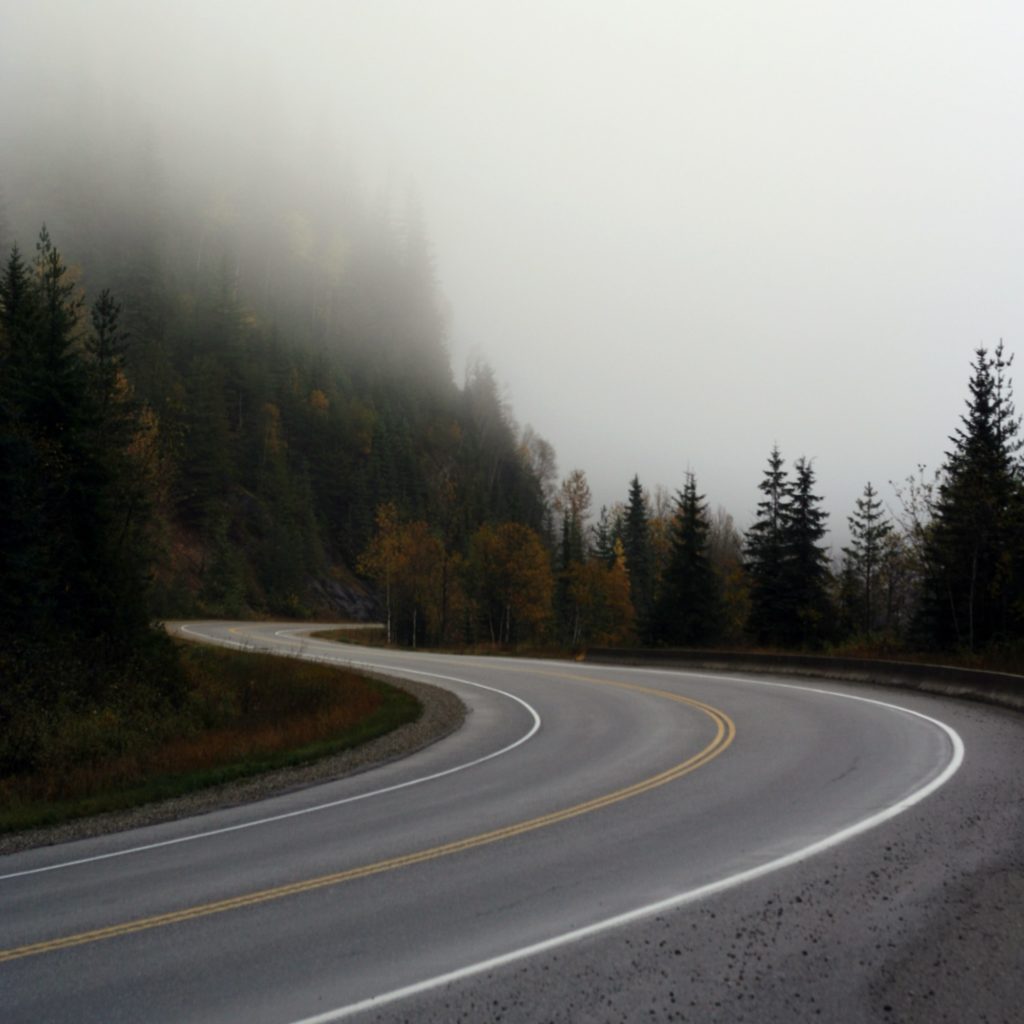
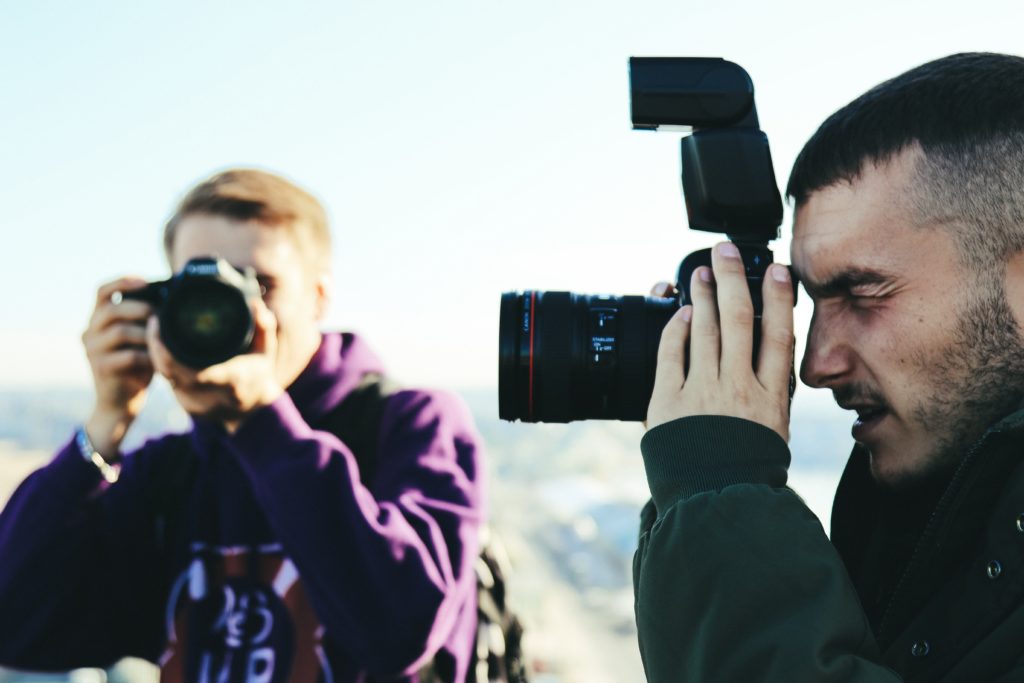
5 Comments
Being original? how? Only God is original….nobody could be original
you must have said: BE CREATIVE
your religion is like your penis.
keep it to yourself.
These are all great concepts however, you have completely overlooked the wedding photographer. They are the masters of storytelling, you have to start by knowing that you are shooting for the clients “once in a lifetime” wedding album… usually it’s a 12 hour day! The emotion seen by clients is incredible!
Jasenka, maybe next time, you’ll give credit where it’s due. In the case of this article, this is the original one, written by Mark Brion: https://m arkbrion.co m/ the-power-of-storytelling-through-photography1/.
Run them both through web archive. You will see that Jasenka’s is the original.